By Susanne von Rosenberg, UC Master Gardener of Napa County
Sunflowers are one of those flowers that just seem designed to bring us joy. Who can avoid smiling when we see their bright, cheery faces?
There are many other things to love about sunflowers as well. They are a great food source for bees and other pollinators. Birds, squirrels and humans appreciate the seeds. You can eat sunflower seeds raw or roasted, and you can grow tasty sunflower seed sprouts for your salads and sandwiches. If you grow taller sunflowers, they can also make a nice screen during the summer.
Annual sunflowers (Helianthus annuus) are easy to grow. You can grow them in the ground or in containers. If you plant the seeds directly in the garden, you may need to protect the seedlings from hungry critters. Cover seedlings with floating row cover or fine mesh wire cages until they are six inches high or so; humans are not the only ones who appreciate juicy sunflower seed sprouts.
You can also grow seedlings and then plant them out when they're around six inches tall, or when their stems and leaves have toughened up. To grow well, sunflowers need full sun.They grow best in fertile, well-drained soil with a lot of mulch and regular watering. Tall varieties, especially, need good soil and plenty of water.
Sunflowers come in a huge variety colors and sizes. Colors range from creamy white to dark maroon. Depending on the variety you choose, the blossoms can be less than two inches across or the size of dinner plates. They also come with primarily single or branched stems.
If you're growing sunflowers for cut flowers, look at the description to make sure that they will have stems long enough for the types of bouquets you have in mind. Shorter varieties (less than four feet tall) are better for container gardens. You can grow taller varieties in containers, but they may need support.
Many varieties grow more than six feet tall. The tallest varieties I have seen in seed catalogs are said to reach 16 feet. While yours may not grow quite that tall, they would still be very tall sunflowers. The Guinness Book of World Records says that the tallest sunflower on record was grown in 2014 and was just over 30 feet tall.
What we think of as a single sunflower is actually a large inflorescence. This means the flower head is composed of many tiny flowers called florets. Central florets look like the center of a normal flower while the outer florets look like yellow petals and together they make up a "false flower."
This design helps insects and birds to easily see the sunflower. Every little floret that is pollinated produces a seed. Sunflowers were first domesticated in the Americas, and were part of many traditional native “Three Sisters” garden designs.
You may have heard that sunflowers follow the sun. That's true for young sunflowers. At dawn the head of the flower faces east and moves west throughout the day. When sunflowers reach full maturity they no longer follow the sun and continuously face east.This eastward orientation allows the sunflower to warm up quickly in the morning and thus get more pollinator visits.
Sunflowers produce a flower within three months of germination, and seeds typically ripen 30 to 45 days later. If you want to harvest some seeds, don't wait until the flower starts to dry or the birds will likely harvest them for you.
You'll need to cover the flowers from which you want to harvest seeds before the seeds mature. (Leave some flowers uncovered for the birds.) You can look for seeds forming inside the flower head and check the underside of the flower. The underside will turn from green to yellow and then brown as the flower matures. Cover the flowers with a material that permits air circulation (such as floating row cover, fine netting or cheesecloth) as they start to turn from green to yellow and tie the covering shut several inches below the flower.
Another recommended method is to simply cut the flowers when the back turns from green to deeply yellow and then put the seed heads in a dry, warm location to cure. Harvest sunflower seeds by cutting flower heads 4 to 12 inches down the stalk. (Cut below any covering to keep the mature seeds that have already fallen out of the flower head.)
If you have the room, you can grow a sunflower “house” for your kids or grandkids. Simply plant a double row of tall sunflowers in a circle that is large enough for the kids to sit in comfortably. Remember to leave an opening for them to get into their “house.” You've just created a great shady private space for them to enjoy all summer long. You can share the joy that sunflowers bring by growing some where neighbors can see them as they pass.
The UC Master Gardeners of Napa County are volunteers who provide University of California research-based information on home gardening. To find out more about home gardening or upcoming programs, visit the Master Gardener website (napamg.ucanr.edu). Our office is temporarily closed but we are answering questions remotely and by email. Send your gardening questions to mastergardeners@countyofnapa.org or leave a phone message at 707-253-4143 and a Master Gardener will respond shortly.
Attached Images:
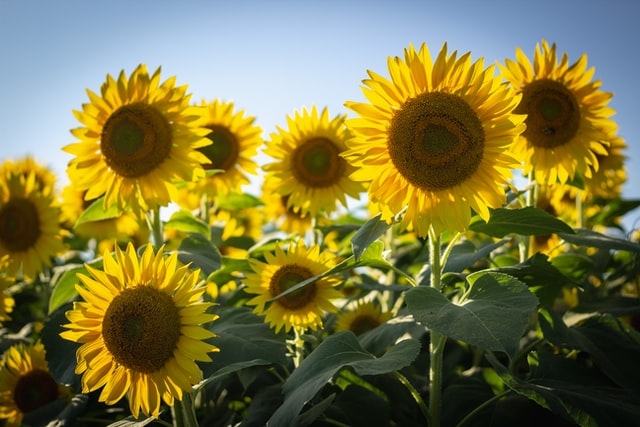
Sunflowers, (bonnie-kittle-unsplash)
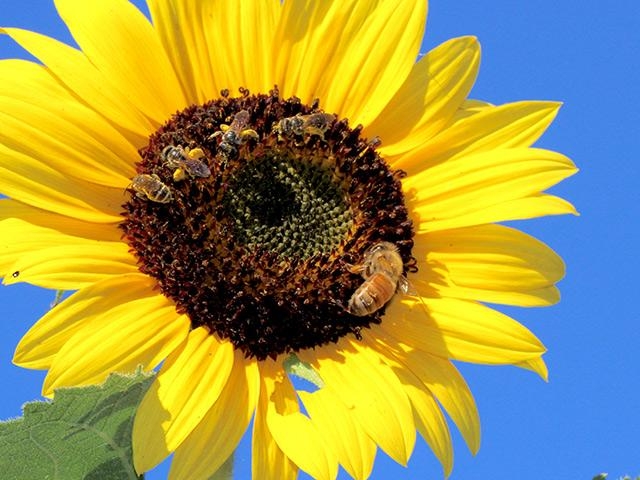
Bees love sunflowers (UC Davis)
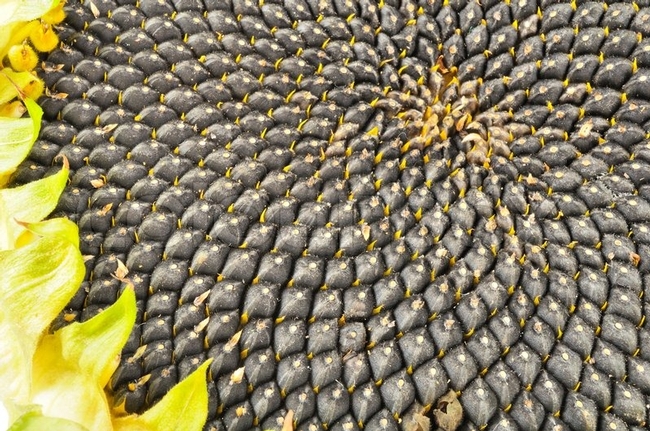
Sunflower seeds are food for many (Colourbox)
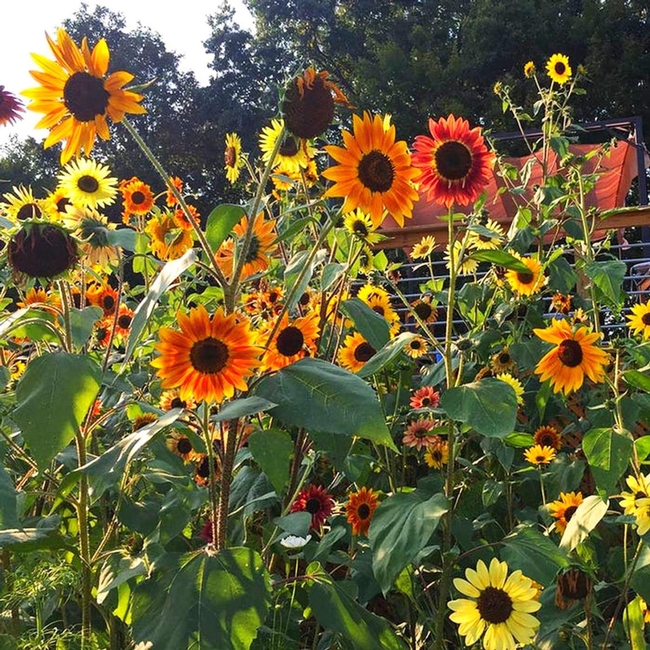
Colors of sunflowers (Victoria Advocate)
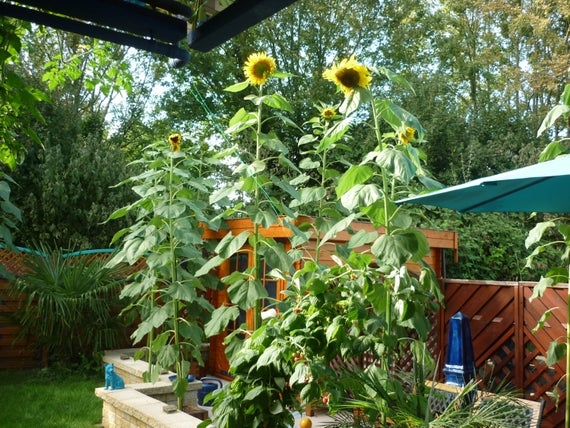
Really tall sunflowers (Etsy)

Shorter sunflowers (stella-de-smit-unsplash)
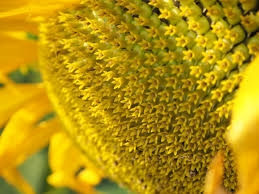
Close up of sunflower inflorescence (PxHere)
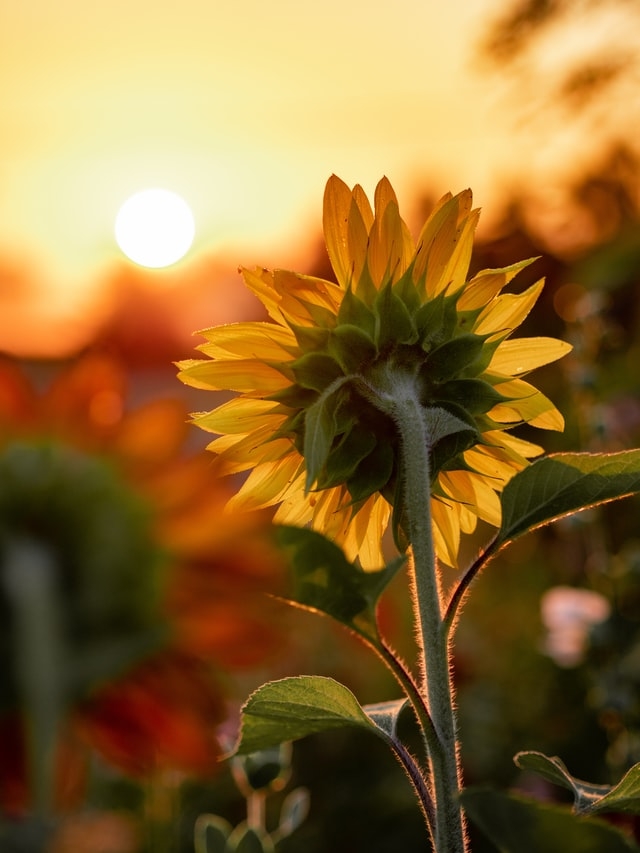
Sunflowers follow the sun when young (aaron-burden-unsplash)

Protected sunflower head (Farm and Dairy)
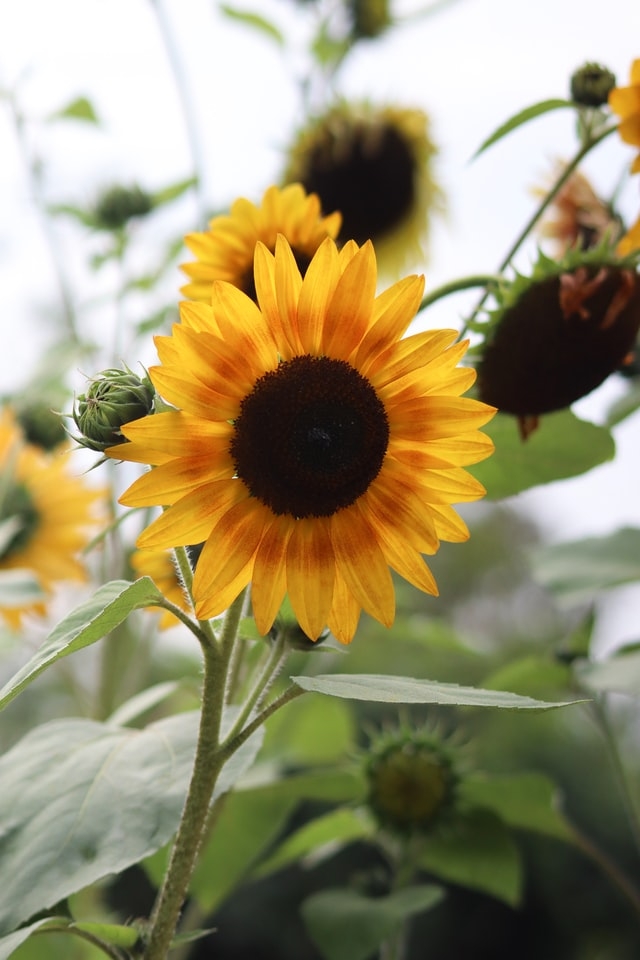
Sunflower to enjoy (rachael-henning-unsplash)
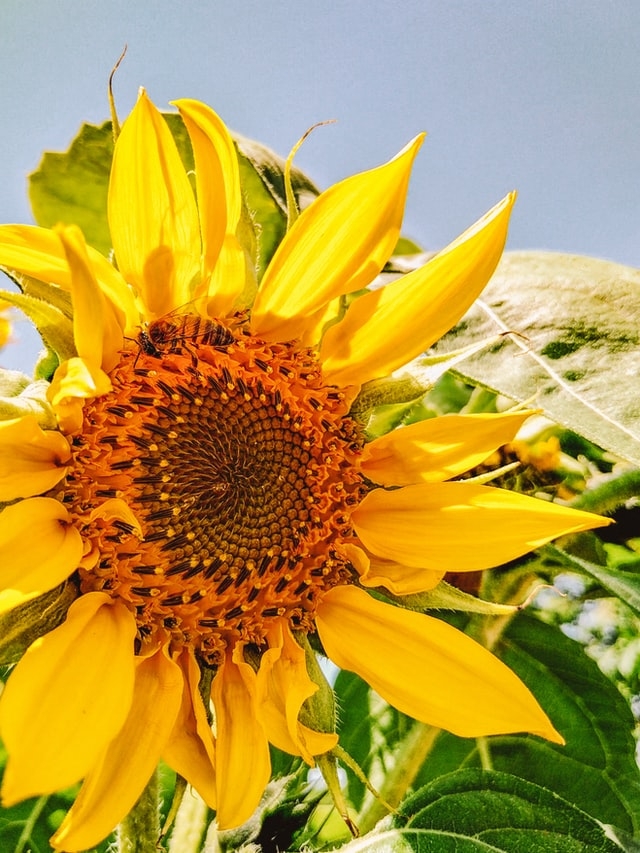
(ceeces-travel-unsplash)
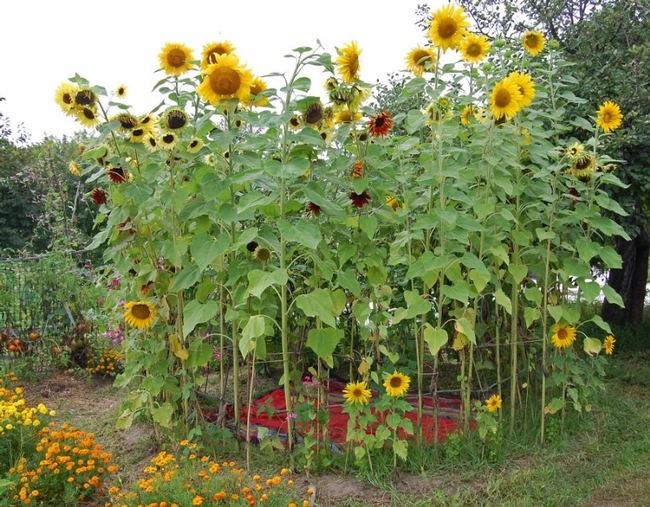
Sunflower house (Two Men and a Little Farm)